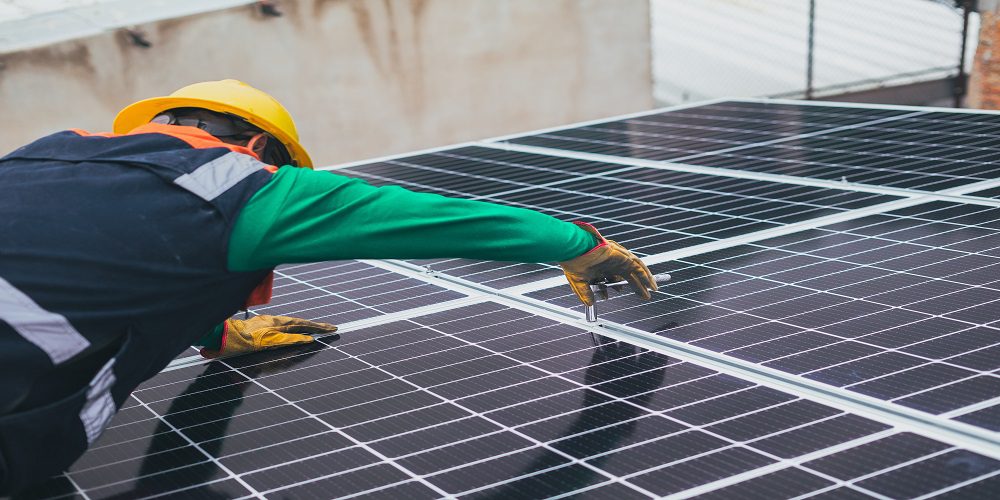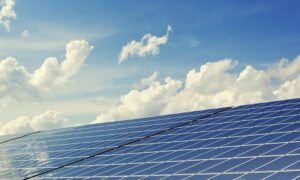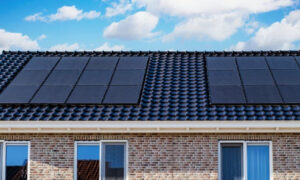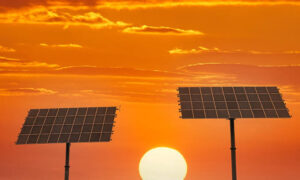Are you ready to embark on an electrifying journey? In this blog post, we will dive into the fascinating world of clean energy and explore how it is revolutionizing our planet’s future. From the glorious rise of electrification to the unstoppable momentum of renewables, get ready to be captivated by the awe-inspiring progress we have witnessed in transitioning from fossil fuels. Join us as we unravel the untold story behind this monumental shift towards a greener tomorrow, where innovation meets sustainability head-on. It’s time to embrace the power of electrification and renewals – let’s charge forward on this thrilling adventure together.
What is Renewable Energy?
Renewable energy is energy that comes from natural resources like sunlight, wind, and rainfall. There are several different types of renewables, each with its own benefits and drawbacks. Here’s a look at the most popular types of renewable energy:
Solar: Solar energy is great for homes and businesses because it’s available anywhere there’s light. Solar panels capture sunlight and turn it into electricity.
Wind: Wind turbines use blades to fly in the air pathway, making wind one of the best contenders for large-scale renewable sources. Wind farms can be found offshore or on land, usually near big populations or along busy transportation corridors.
Waterpower: Waterpower uses the power of falling water to turn turbines that create electricity. It’s often used to generate electricity in areas where there’s lots of rain or snowfall.
Types of Renewable Energy
Renewable energy is defined as energy produced from natural resources that are not finite. These sources can include sunlight, wind, water, biomass, geothermal and solar thermal. Renewable energy has been on the rise in recent years for a few reasons: costs have decreased, environmental concerns have increased and technology has advanced.
The most common type of renewable energy is solar energy. Solar panels use sunlight to generate electricity. In spite of this, the cost of solar panels has decreased dramatically in recent years. As a result, more and more people are using solar energy to power their homes and businesses. Solar energy is also environmentally friendly because it doesn’t produce greenhouse gases.
Wind power is another commonly used type of renewable energy. Wind turbines use wind to create electricity. Unlike solar panels which must be placed in direct sunlight, wind turbines can be located anywhere there is sufficient wind power. This makes wind power a preferable option for generating electricity when compared to other types of renewables such as biomass or geothermal due to its flexibility and widespread availability across many countries.
[1]Despite its impressive growth rates over the past several years, renewables still only account for around 10% of global electricity generation
[2]. However, this number is likely to continue growing as renewables become more affordable and more reliable sources of electrical power.
Pros and Cons of Renewable Energy
Renewable energy is a type of energy that comes from sources such as solar, wind, and hydro power. The pros and cons of renewable energy are both environmental and economic. Renewable energy can help reduce emissions significantly while also providing jobs in the field.
The environmental benefits of renewable energy include reducing pollution caused by traditional fossil-fuels like gasoline and oil. Wind turbines generate negligible pollution when they’re operated properly, while solar panels can produce little to no emissions at all in certain cases. Solar and wind power are also some of the least expensive forms of renewable energy, making them attractive options for powering infrastructure and homes.
Renewable energy also has an economic benefit: it’s one of the most affordable forms of electricity available today. In many cases, renewables produce electricity at a lower cost than traditional sources like coal or nuclear power. This makes renewables an attractive choice for countries looking to develop their own energy resources without incurring huge financial penalties.
There are some drawbacks to renewable energy, however. One issue is that renewables don’t always generate enough electricity during peak hours (when demand is highest), necessitating the use of storage devices like batteries or hydroelectric dams. Additionally, renewable technologies are not always compatible with certain industrial sites or architecture, requiring modifications if these facilities are to be used for renewables generation.
The Role of Electrification in the Development of Renewable Energy
Renewable energy sources, such as solar and wind, are becoming more popular because they are environmentally friendly and pack a punch when it comes to energy output. However, these renewable sources of energy can only be used intermittently, which has led to the need for another form of energy that can be relied on reliably. That’s where electric vehicles come in—they can provide power when you need it most, unlike renewables.
Electric vehicles have quickly become an important part of the renewable energy landscape. In fact, research firm EnergyAspects thinks that EVs will account for 47 percent of global car sales by 2027. This is largely due to their ability to rely on batteries rather than gasoline or diesel engines. This means that EVs can be powered by clean, renewable resources like solar and wind instead of fossil fuels like diesel or oil.
One of the major benefits of electric vehicles is that they require relatively little maintenance. Battery packs typically last around 10 years with normal use before needing to be replaced, while fuel tanks typically last around 100 thousand miles (160 thousand kilometers). This means that electric vehicles don’t require as much regular tune-ups or replacement parts as petrol or diesel-powered cars do.
Another huge advantage of electric vehicles is their noise emissions. Electric motors are much quieter than petrol or diesel engines and make virtually no sound while driving. This makes them ideal for urban areas where noise pollution is a concern.
Electric vehicles are becoming increasingly popular because of their many advantages over traditional petrol and diesel-powered vehicles. They are clean, reliable, and emit very little noise. In fact, they may soon become the most popular form of transportation on the planet.
Conclusion
Renewable energy has been on the rise for quite some time now, and with good reason. It is important that we shift our focus away from fossil fuels and towards more sustainable and cleaner options in order to protect our environment. Electrification is a huge part of this movement, as it allows us to use clean technologies that are not only environmentally friendly but also cost effective. By using these types of technologies, we can help create a brighter future for all of us.

































